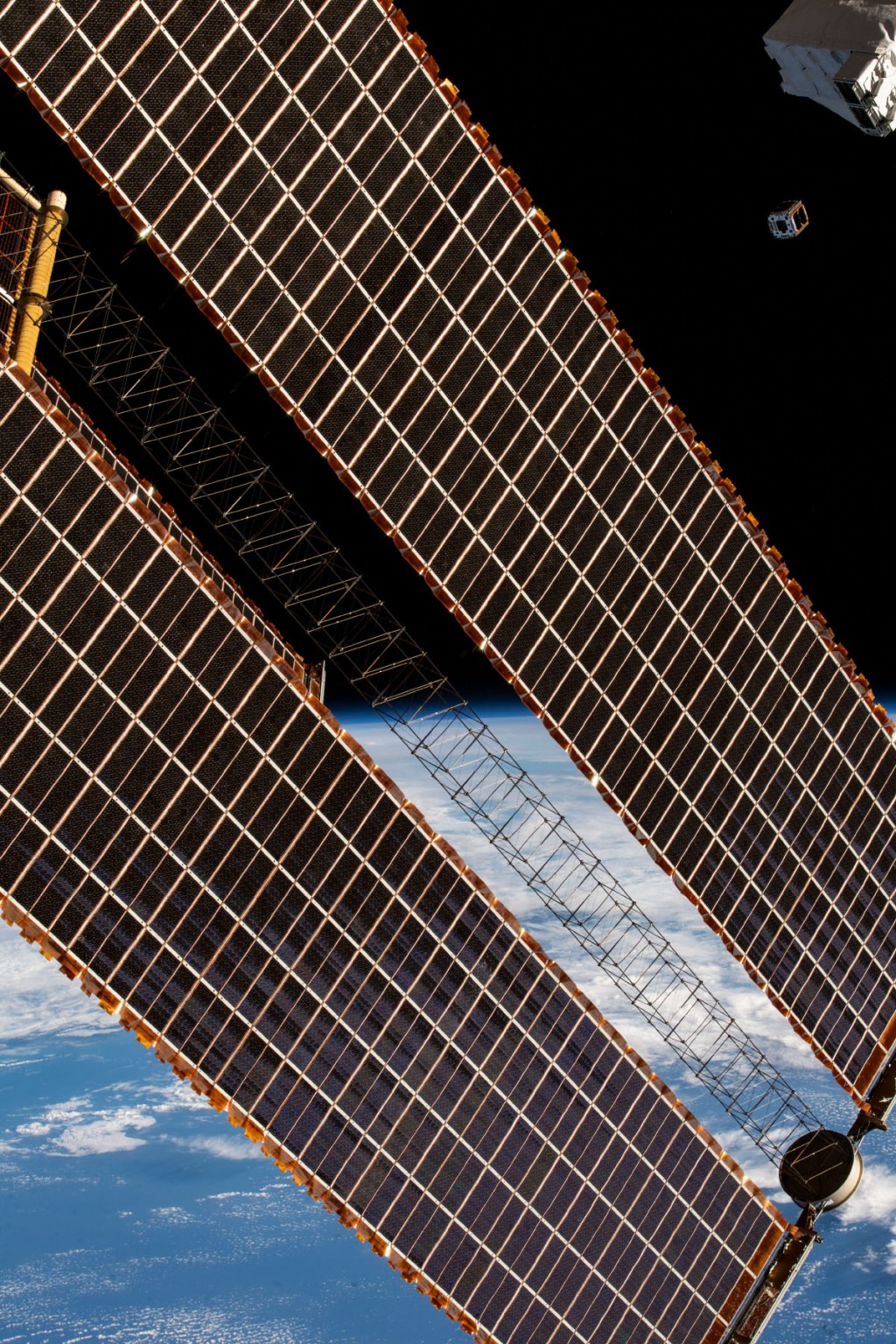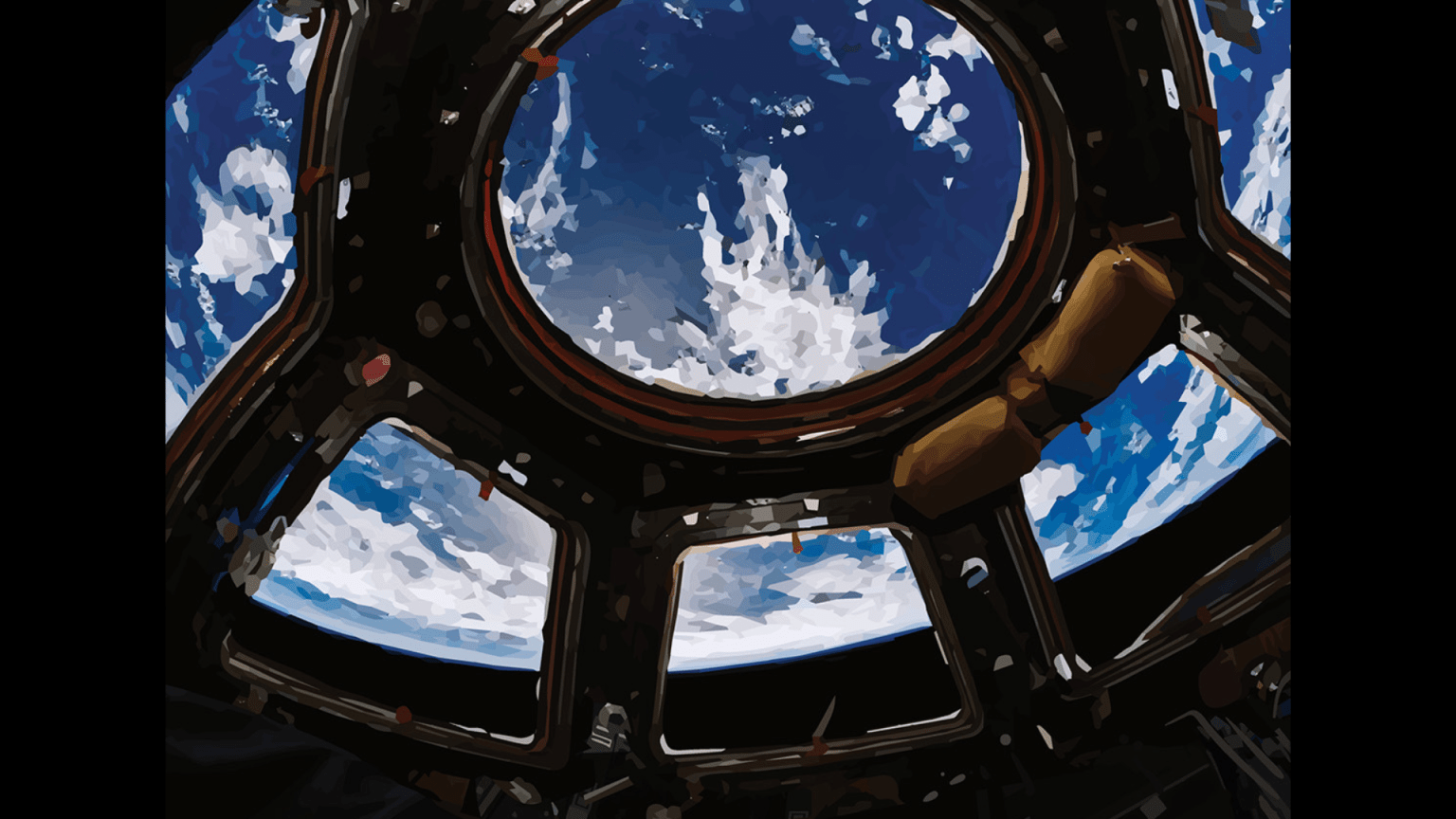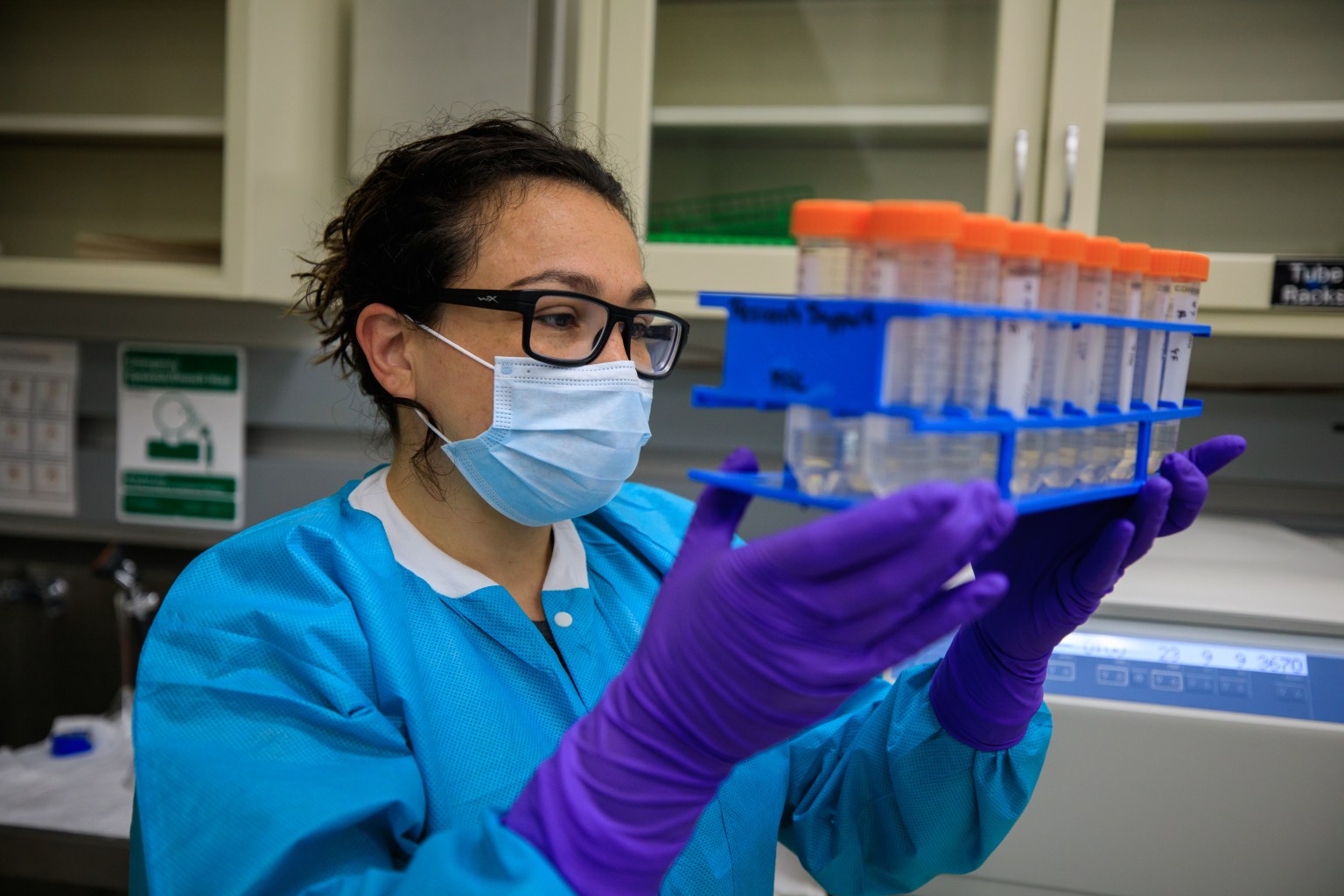About ISS National Lab
In an effort to expand the research opportunities of this unparalleled platform, the ISS was designated as a U.S. National Laboratory in 2005 by Congress, enabling space research and development access to a broad range of commercial, academic, and government users.
Learn More About ISS Nat Lab
News
Up to date information on award announcements, research heading to the space station, educational opportunities and much more!
Press Releases and Updates
Areas of Research
The International Space Station National Laboratory is a functioning research laboratory with the tools and facilities needed to translate traditional ground-based experiments into flight-ready payloads.
Browse Areas of Research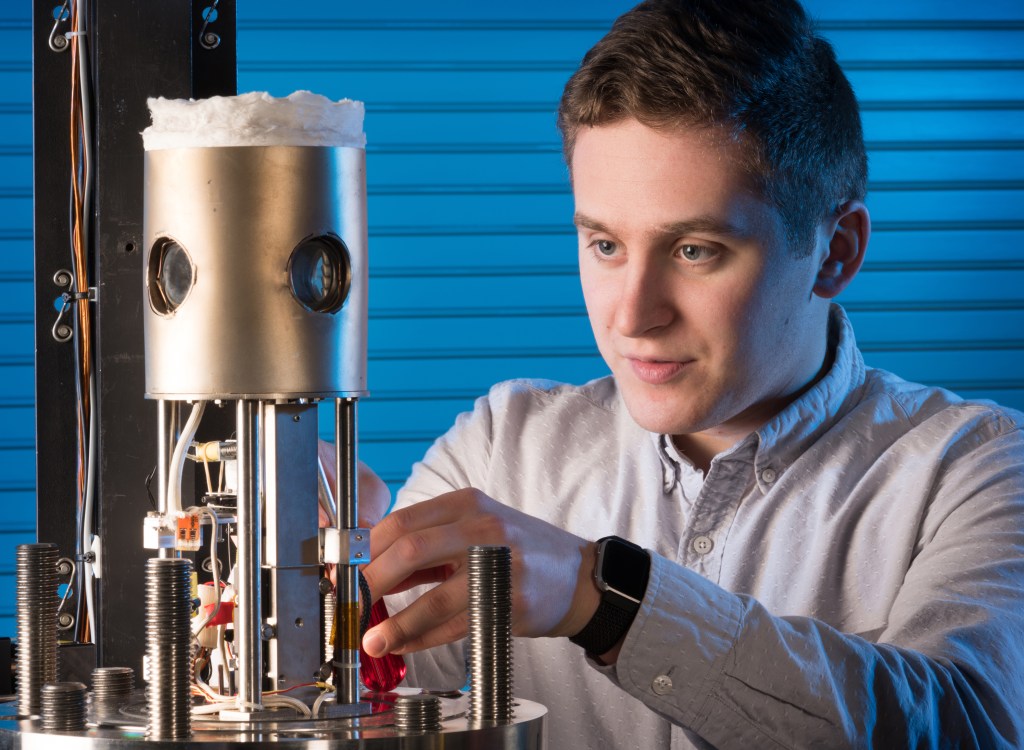
Solicitations
The International Space Station National Laboratory is a crewed low Earth orbit (LEO) platform for research, development, and education that inspires innovation and provides opportunities for discovery to benefit humankind.
Find Opportunities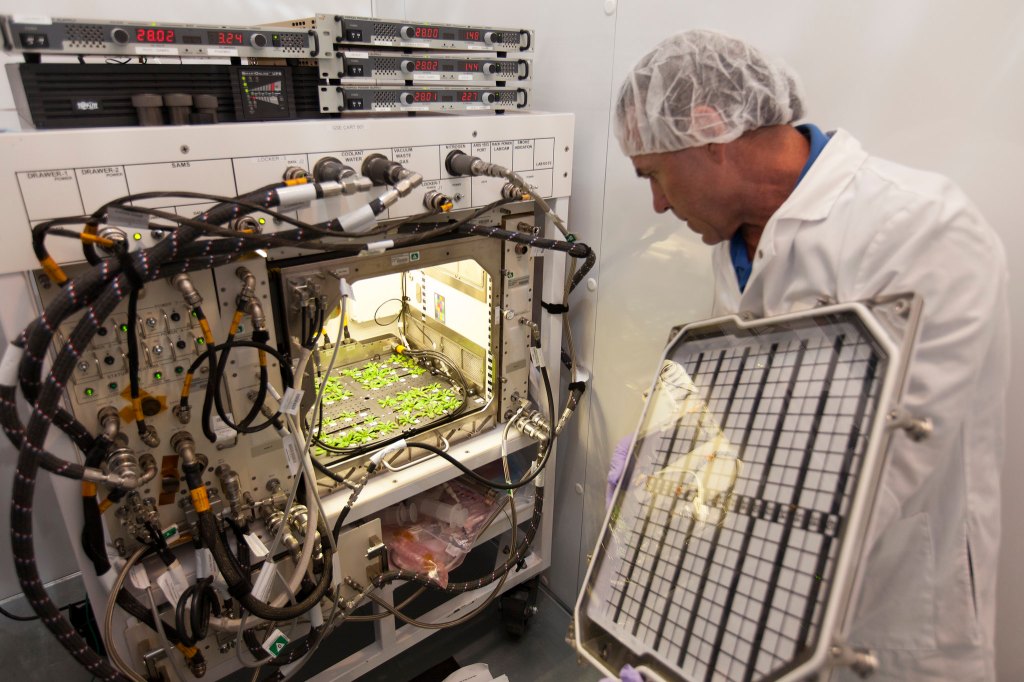
ISS National Lab Reports
As part of strategic initiatives to enable science in space for life on Earth, the ISS National Lab hosts workshops in the life and physical sciences, remote sensing, and technology to explore research areas with high likelihood for rapid knowledge advancement and the potential to support commercialization of low Earth orbit.
Read and Download Reports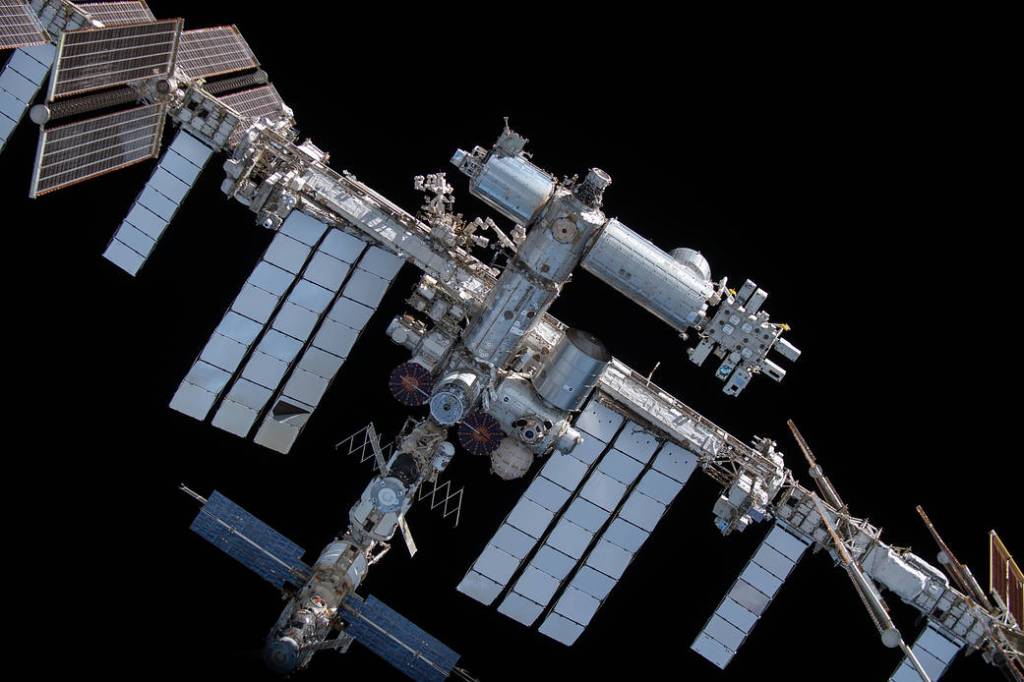
ISS National Lab Contact
If you have any questions or require general information from the ISS National Laboratory, here are some ways you can contact them.
Find Contact Information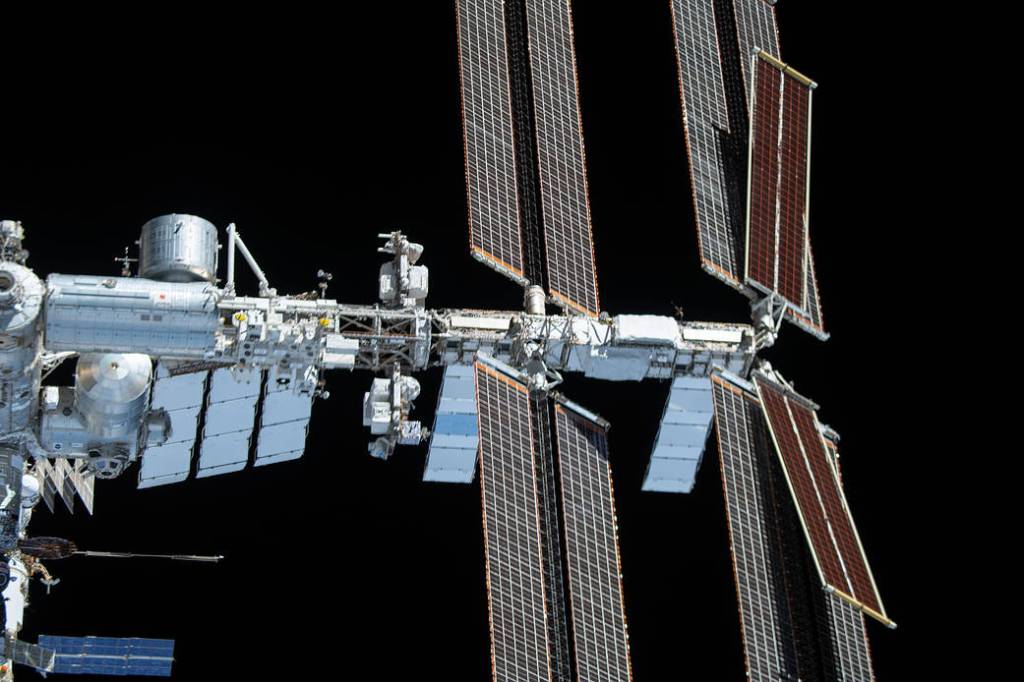
ISS National Lab Enables Record-Breaking Year of Space-Based Scientific Results
The International Space Station National Laboratory pushed scientific boundaries and set a record in scholarly output over the past year. Results from these investigations address real-world challenges and benefit Earth’s economy. More than 50 peer-reviewed articles published in fiscal year 2024, bringing all-time number to nearly 450.
Learn More
Up to $3.6 Million in Funding for Physical Science Research on Station
For the tenth consecutive year, the U.S. National Science Foundation (NSF) is funding a solicitation that seeks proposals leveraging the International Space Station (<strong>ISS</strong>International Space Station) National Laboratory for research in transport phenomena, which now includes research in manufacturing methods that utilize such phenomena, and the resulting materials.
Learn More
A Year of Space-Based Innovation
ISS National Lab Sponsored 110 Payloads in 2024, Advancing R&D in Low Earth Orbit
These payloads launched to the orbiting outpost over seven missions this year, enabling discoveries for terrestrial benefit
In a robust year for space-based research, the International Space Station National Laboratory supported the launch of 110 payloads across seven missions, facilitating science and technology research and development (R&D) that pushes the limits of innovation. Projects sponsored by the ISS National Lab this year enabled advancements in biotechnology, fundamental science, advanced materials, in-space manufacturing, and other areas.
Learn More about ISS National Lab Sponsored 110 Payloads in 2024, Advancing R&D in Low Earth Orbit
Projects on Cancer, Neurodegenerative Conditions, and More Return from Station
Research that could enable early cancer detection, advance treatments for neurodegenerative conditions, and improve respiratory therapies returned from the International Space Station on SpaceX’s 31st Commercial Resupply Services (CRS) mission for NASA. SpaceX’s Dragon spacecraft splashed down off the coast of Florida on December 17 with nearly 50 biotechnology, physical science, and student research payloads sponsored by the ISS National Laboratory®.
Learn More
Protective Gear
Innovative AstroRad Vest Poised to Safeguard Crew from Space Radiation
Wearable technology developed leveraging the ISS National Lab aims to protect astronauts in deep space
The latest issue of Upward, official magazine of the International Space Station (ISS) National Laboratory, highlights the AstroRad vest—a pioneering wearable technology designed to safeguard astronauts from harmful solar radiation during deep-space missions. Developed through a collaboration between StemRad and Lockheed Martin, the vest has undergone extensive testing through the ISS National Lab, leading to significant enhancements in its design and functionality.
Learn More about Innovative AstroRad Vest Poised to Safeguard Crew from Space Radiation
Station Opportunity
Up to $1.6 Million in Funding Available for NSF Tissue Engineering Research
Solicitation now open for multiple awards supporting space-based tissue engineering and mechanobiology research
For the eighth consecutive year, the U.S. National Science Foundation (NSF) is funding a solicitation seeking projects that utilize the International Space Station National Laboratory to advance tissue engineering and mechanobiology research. Through this solicitation, NSF will provide up to $1.6 million in total funding for multiple projects.
Learn More about Up to $1.6 Million in Funding Available for NSF Tissue Engineering Research































